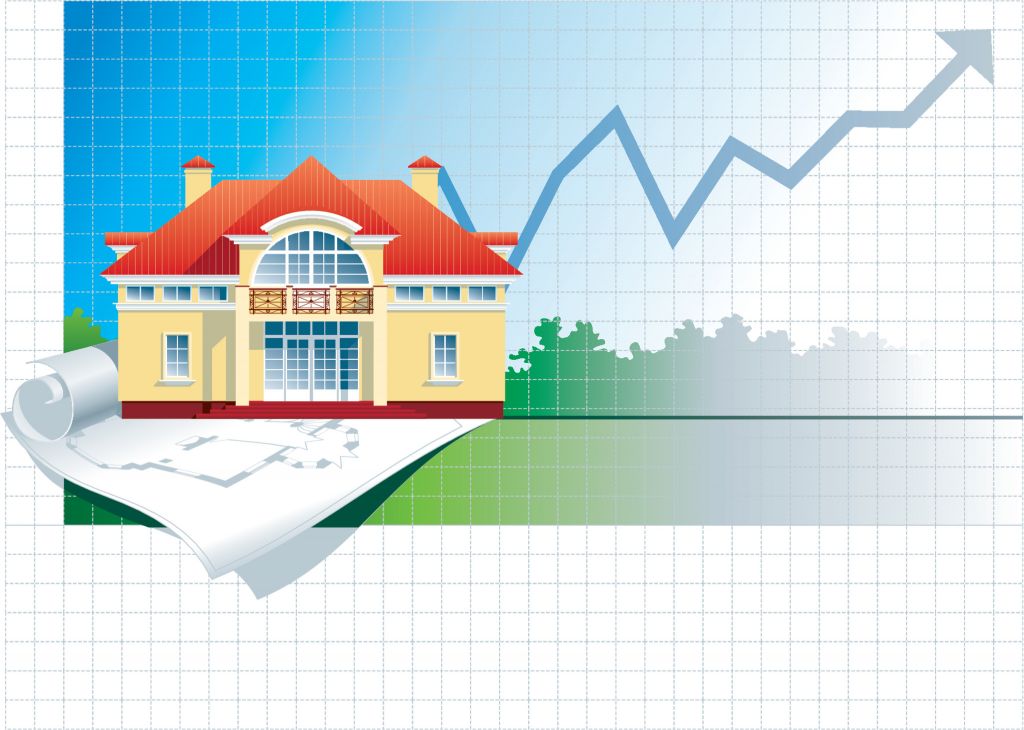The Thornton Group has just listed ANOTHER property in Anmore, Port Moody







While down from last year’s record numbers, home sale activity in Metro Vancouver’s* housing market remained elevated in March.
The Real Estate Board of Greater Vancouver (REBGV) reports that residential home sales in the region totalled 4,344 in March 2022, a 23.9 per cent decrease from the 5,708 sales recorded in March 2021, and a 26.9 per cent increase from the 3,424 homes sold in February 2022.
Last month’s sales were 25.5 per cent above the 10-year March sales average.
There were 6,673 detached, attached and apartment properties newly listed for sale on the Multiple Listing Service® (MLS®) in Metro Vancouver in March 2022. This represents a 19.5 per cent decrease compared to the 8,287 homes listed in March 2021 and a 22 per cent increase compared to February 2022 when 5,471 homes were listed.
The total number of homes currently listed for sale on the MLS® system in Metro Vancouver is 7,628, a 16.6 per cent decrease compared to March 2021 (9,145) and a 13.1 per cent increase compared to February 2022 (6,742).
“We’re still seeing upward pressure on prices across all housing categories in the region. Lack of supply is driving this pressure,” John said. “The number of homes listed for sale on our MLS® system today is less than half of what’s needed to shift the market into balanced territory.”
For all property types, the sales-to-active listings ratio for March 2022 is 56.9 per cent. By property type, the ratio is 38.8 per cent for detached homes, 73.3 per cent for townhomes, and 70.3 per cent for apartments.
Generally, analysts say downward pressure on home prices occurs when the ratio dips below 12 per cent for a sustained period, while home prices often experience upward pressure when it surpasses 20 per cent over several months.
The MLS® Home Price Index composite benchmark price for all residential properties in Metro Vancouver is currently $1,360,500. This represents a 20.7 per cent increase over March 2021 and a 3.6 per cent increase compared to February 2022.
Sales of detached homes in March 2022 reached 1,291, a 34.3 per cent decrease from the 1,965 detached sales recorded in March 2021. The benchmark price for a detached home is $2,118,600. This represents a 23.4 per cent increase from March 2021 and a 3.6 per cent increase compared to February 2022.
Sales of apartment homes reached 2,310 in March 2022, a 14.3 per cent decrease compared to the 2,697 sales in March 2021. The benchmark price of an apartment home is $835,500. This represents a 16.8 per cent increase from March 2021 and a 3.4 per cent increase compared to February 2022.
Attached home sales in March 2022 totalled 743, a 29.0 per cent decrease compared to the 1,046 sales in March 2021. The benchmark price of an attached home is $1,138,300. This represents a 28.1 per cent increase from March 2021 and a 4.4 per cent increase compared to February 2022.
Note - April 4, 1 pm - the Residential property sales in Metro Vancouver graphic has been updated to reflect the correct numbers.
*Areas covered by the Real Estate Board of Greater Vancouver include: Burnaby, Coquitlam, Maple Ridge, New Westminster, North Vancouver, Pitt Meadows, Port Coquitlam, Port Moody, Richmond, South Delta, Squamish, Sunshine Coast, Vancouver, West Vancouver, and Whistler.

If you're like most people, you hope that you’ll receive your online orders within a few days. Sure, a purchase might occasionally arrive later than expected. That's just the reality of online shopping.
But, what if you need an item delivered quickly, without risk of delay?
Here are a few suggestions:
Getting online orders delivered on time is especially important for items you need when preparing your home for sale. If that's the case for you, call today for more ideas.

Imagine you've been waiting for the right moment to sell your home and you're finally ready to pull the trigger and list it. But, just as you're about to put up the sign, you notice that a few other FOR SALE signs have unexpectedly popped up in the neighbourhood.
Oh no! Now there are competing listings. Does that mean you should put your plan to sell your property on hold?
Not necessarily.
Just because comparable homes are for sale in the area doesn't mean it's not a good time to make your move. In fact, even if there is a sharp increase in local listings, active buyers might still outnumber properties available.
In that scenario, you'd likely get several interested buyers.
And, even in the case of a buyer's market, now might still be the ideal time to sell. Don't forget, your home might have desirable features that some buyers are eagerly looking for, giving your home the advantage over others on the market.
In addition, a large part of a successful sale is in how a property is marketed and promoted. With effective marketing, your home is more likely to be noticed by the right type of buyers... buyers who are actively looking for a property like yours.
So, waiting for the perfect moment to sell your home rarely makes sense. In most cases, the best time to list is now.

Each homebuyer has different ideas of what will constitute the ideal home for them, these notions often based on particular aesthetic preferences. But one thing that unites all potential homebuyers is the desire to find a home that is fundamentally sound—in areas beyond the immediate sweep of the eye—and that will provide a safe, comfortable, and efficient foundation for their life behind a new door.
This is where the services of a home inspector come in. During a home inspection, at least 30 areas of the home are placed under the home inspector’s “microscope.” We’ve compiled the ten most common weaknesses uncovered in a typical home inspection. If not addressed, these problems could cost you thousands of dollars in the long-run. So, knowing what to look for, and performing your own thorough pre-inspection, will help you to identify areas for repair or improvement before they grow into costly problems.
1. Damp Basement:
If a mildew odour is present, the inspector will be able to detect it, as this smell is impossible to mask or eliminate. Mildew odour is often the first indication of dampness in the basement. The inspector will also examine the walls, checking for any signs of whitish mineral deposit just above the floor, and will note whether you feel confident enough to store items on the floor.
Repairs can run anywhere from $200 to $15, 000, this cost ultimately influencing the calculation of your home’s value, so consider enlisting the help of an expert to ensure you have a firm grasp on the bottom line before moving forward with the sale of your home.
2. Poorly Installed/ Defective Plumbing:
In older homes, plumbing problems and defects are very common. The inspector will determine whether your home’s plumbing is subject to leaking or clogging. Signs of leakage can be visibly detected. The inspector will test water pressure by turning on all the faucets in the highest bathroom and then flushing the toilet. If the sound of water is audible, this indicates that the home’s pipes may be too narrow. The inspector will also check for signs of discolouration in the water when a faucet is first turned on. The appearance of dirty water is usually an indication that the pipes are rusted—a water quality problem that should be dealt with immediately.
3. Older/ Poorly-Functioning Heating and Cooling Systems:
Heating/ cooling systems that are older or haven’t been properly maintained can pose serious safety and health problems. An inspector will determine the age of your furnace and, if it is over the average life span of a furnace (15-20 years), will likely suggest you replace it, even if it is still in good condition.
If your heating system is a forced air gas system, the heat exchanger will be examined very closely, as any cracks can result in the leak of poisonous carbon monoxide gas. These heat exchangers are irreparable; if damaged, they must be replaced. While replacing these components may seem expensive, a new system will yield heightened efficiency, reducing monthly heating/ cooling costs substantially, and benefiting your long-term investment.
4. Older/ Unsafe Electrical System:
In older homes, it is common to find undersized services, aluminum wiring, knob-and-tub wiring, or insufficient/ badly-renovated distribution systems. When an electrical circuit is over-fused, more amperage is drawn on the circuit than what the circuit was intended to bear, creating a fire hazard. You’ll typically find a 15 amp circuit in a home, with increased service for larger appliances such as dryers or stoves. If replacing your fuse panel with a circuit panel, expect a cost of several hundred dollars.
5. Older/ Leaking Roof:
An asphalt roof will last an average of 15 to 20 years. Leaks through the roof could be a sign of physical deterioration of the asphalt shingles caused by aging, or could indicate mechanical damage caused by any number of factors, such as a heavy storm. If you decide your roof requires new shingles, you’ll first need to know how many layers are beneath, in order to determine whether the roof must be completely stripped before installing the new shingles.
6. Minor Structural Problems:
Common in older homes, these problems range from cracked plaster to small shifts in the foundation. While this variety of problem isn’t large enough to cause any real catastrophe, they should be taken care of before they grow.
7. Poor Ventilation:
Unvented bathrooms and cooking areas can become breeding areas for mold and fungus, which, in turn, lead to air quality issues throughout the house, triggering allergic reactions. Mold may additionally cause damage to plaster and window frames. These problems should be identified and taken care of before any permanent damage is caused.
8. Air Leakage:
A cold, drafty home can be the result of any number of problems, such as ill-fitting doors, aged caulking, low-quality weather strips, or poor attic seals. This nature of repair can usually be taken care of easily and inexpensively.
9. Security Features:
An inspector will look at the standard security features that protect your home, such as the types of lock on the doors/ windows/ patio doors, and the smoke or carbon monoxide detectors and where they’re located throughout the home. Check with an expert if your home is lacking in any of these areas, in order to determine what costs to expect.
10. Drainage/ Grading Problems:
This may be the most common problem found by home inspectors, and is a widespread catalyst of damp and mildewed basements. Solutions to this problem may range from the installation of new gutters and downspouts, to re-grading the lawn and surrounding property in order to direct water away from the house.


-cropped-1694054891465.png)

Your Trusted Partner in Real Estate. Contact us for all your property needs.